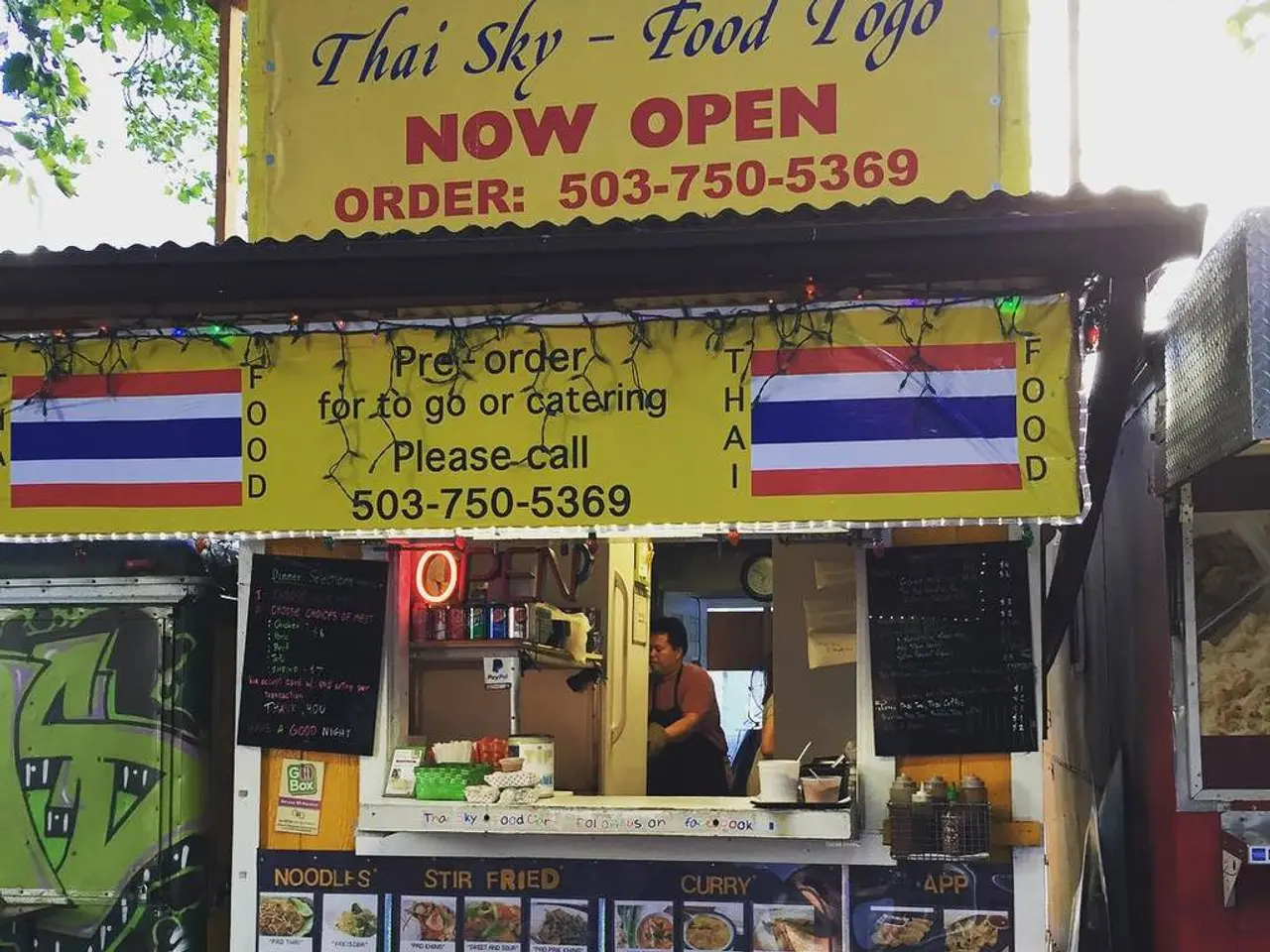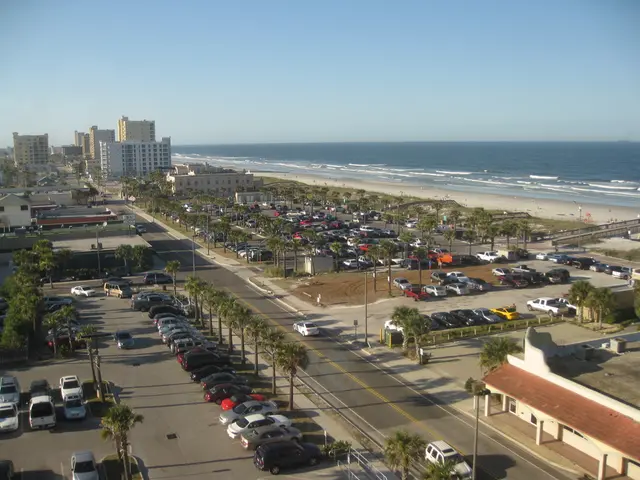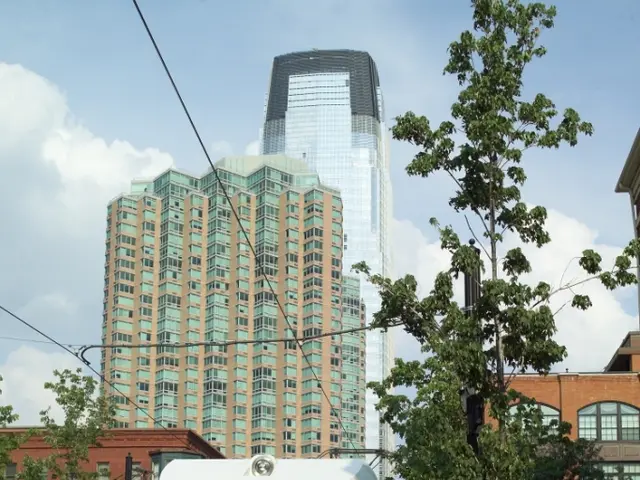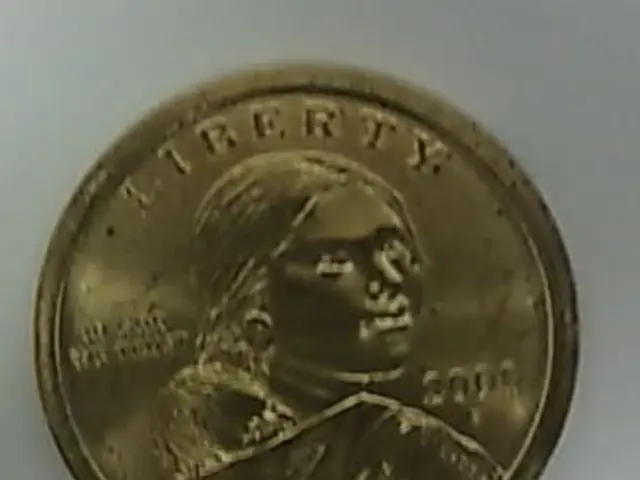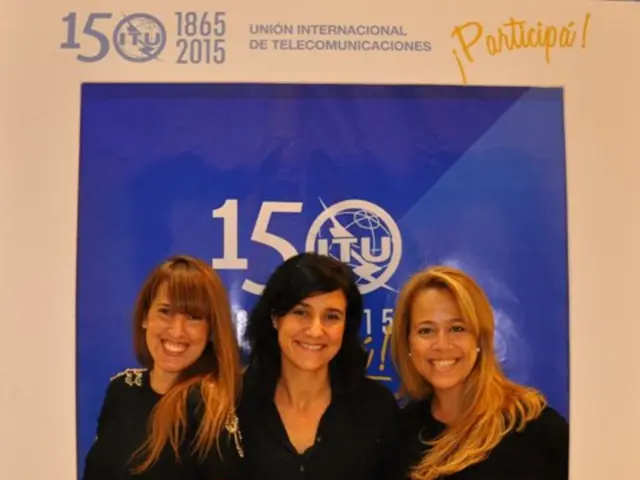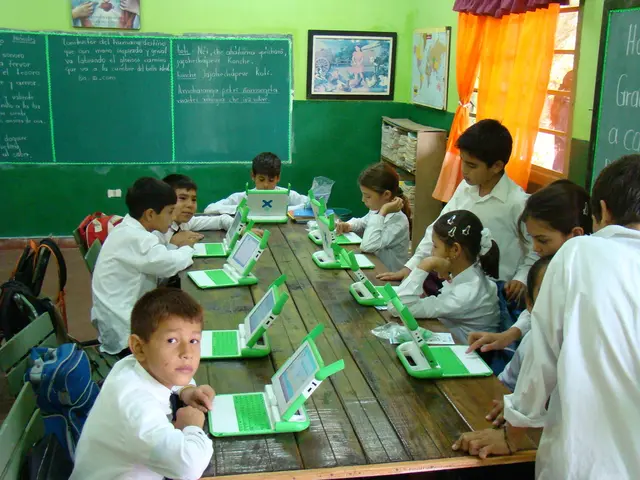Almost all Ferrero packaging was created for recycling purposes, according to a recent report.
In a bid to address the current challenges in the recycled content market, Ferrero, the renowned confectionery company, has been making significant strides in its sustainability journey.
The company's Estathé bottles range has already surpassed expectations, incorporating 100% recycled plastic, a feat achieved years ahead of the European PPWR's 25% mandatory target for 2025. This ambitious approach is a testament to Ferrero's commitment to reducing its environmental footprint.
In the fiscal year 2022/23, Ferrero introduced a plastic-to-product ratio, and by 2023/24, the company had achieved a -13% reduction ratio and boosted the recycled content in its plastic packaging to 5.8%. The company aims to reduce the amount of virgin plastic in its portfolio by 10% and increase the use of recycled content in its plastic packaging to 12%, by 2025.
Flexible plastics constitute only 6% of Ferrero's packaging output, indicating a conscious effort to minimise plastic usage. The company's packaging is predominantly designed for recyclability, with 92.1% of its packaging reportedly designed to be recyclable. In fact, 86.1% of Ferrero's packaging is recyclable, reusable, or compostable.
Ferrero's sustainability efforts are rooted in its four core pillars: protecting the environment, sourcing ingredients sustainably, promoting responsible consumption, and empowering people. The company is also actively contributing to the definition and development of recyclability guidelines, with a focus on food safety and the quality needs of its packaging.
Moreover, Ferrero has supported initiatives to promote recyclate availability and the development of chemical recycling technologies. While specific collaborations or initiatives have not been detailed, the company has been working closely with organisations in the packaging and sustainability sectors.
Neil Osment, the managing director of packaging market research company NOA, has shared his insights on the barriers preventing major brand owners from meeting their sustainable packaging targets. He offers advice on overcoming these barriers, emphasising the importance of collaboration and innovation in achieving sustainable packaging goals.
Ferrero has also been redesigning its packaging products, such as Kinder Choco Fresh, Fiesta, and Kinder Delice, to reduce the use of hard-to-recycle plastic components. The company is working on making global packaging choices to ensure its products remain iconic for the next 50 years, while also being environmentally friendly.
Meanwhile, other companies like Diageo and PepsiCo are also making strides in their sustainability efforts. Diageo has revised its environmental targets, aiming for 50% recycled content in its packaging by 2030 and net zero emissions by 2050. PepsiCo identified a 15% increase in recycled plastic across its primary packaging in key markets between 2023 and 2024, and a 5% reduction in virgin plastic tonnage.
As these companies continue to push the boundaries of sustainability, it's clear that the future of packaging is one that prioritises recyclability, renewable materials, and minimal environmental impact. Ferrero's progress serves as a shining example of what can be achieved with determination and a commitment to sustainability.
Read also:
- chaos unveiled on Clowning Street: week 63's antics from 'Two-Tier Keir' and his chaotic Labour Circus
- Racing ahead in Renewable Energy Dominance: Changzhou, Jiangsu Pushes for Worldwide Renewable Energy Ascendancy
- The potential consequences of the European Union's Clean Hydrogen strategy in relation to exacerbating our global climate emergency.
- Unchecked carbon emissions could potentially lead the world to revert to coal usage, according to a knowledgeable source.
